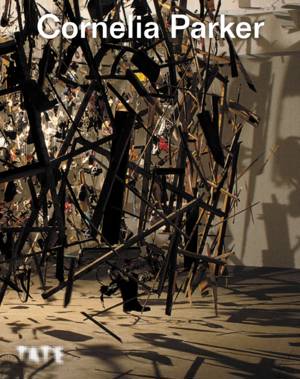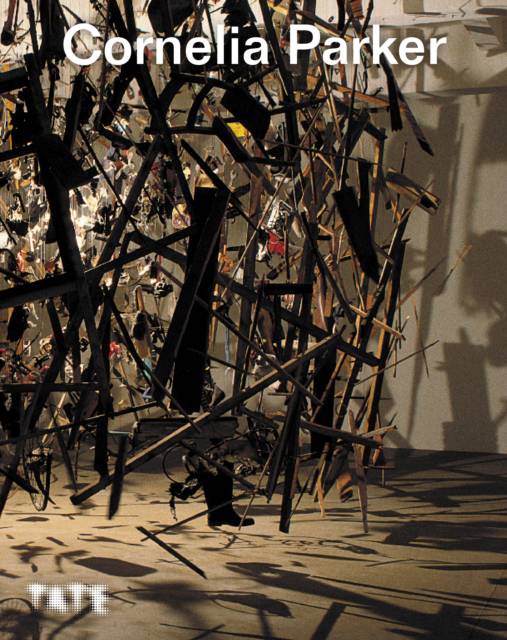
- Retrait gratuit dans votre magasin Club
- 7.000.000 titres dans notre catalogue
- Payer en toute sécurité
- Toujours un magasin près de chez vous
- Retrait gratuit dans votre magasin Club
- 7.000.0000 titres dans notre catalogue
- Payer en toute sécurité
- Toujours un magasin près de chez vous
Description
Edited by Andrea Schlieker, director of exhibitions and displays at Tate Britain, Cornelia Parker is a fascinating exploration of the work of one of Britain's most important and most celebrated sculptors. Cornelia Parker's art is about destruction, resurrection, and reconfiguration. Demonstrating the importance of process, she frequently transforms objects by using seemingly violent techniques such as shooting, exploding, squashing, cutting, dropping, and burning. Through these actions, she both physically alters the object and becomes an active participant in the development of its story. Parker is best known for her large-scale installations, such as Cold Dark Matter: An Exploded View (1991) for which she had a garden shed blown up by the British Army and suspended the fragments as if freezing the explosion process in time. Perpetual Canon (2004) is made up of brass band instruments, steamrollered flat. Much of her work has a poetic-yet-apocalyptic tone and often reflects a concern for the insidious effects of global warming and consumerism. A Turner Prize nominee, Parker works in a wide variety of media, including drawings, photographs, embroidery, and film. She has collaborated with a diverse range of organizations and groups in the creation of her works, including the Royal Mint, Abbey Road Studios, people in prison, school children, the Daughters of the Republic of Texas, whistleblowers, and Parliament and the Palace of Westminster. Made in close collaboration with the artist, this lavishly illustrated publication explores these relationships in a fascinating survey that encompasses all aspects of Parker's career, from the late 1970s to the new work being made today.
Spécifications
Parties prenantes
- Auteur(s) :
- Editeur:
Contenu
- Nombre de pages :
- 192
- Langue:
- Anglais
Caractéristiques
- EAN:
- 9781849767866
- Date de parution :
- 06-09-22
- Format:
- Livre broché
- Format numérique:
- Trade paperback (VS)
- Dimensions :
- 211 mm x 262 mm
- Poids :
- 816 g

Les avis
Nous publions uniquement les avis qui respectent les conditions requises. Consultez nos conditions pour les avis.






